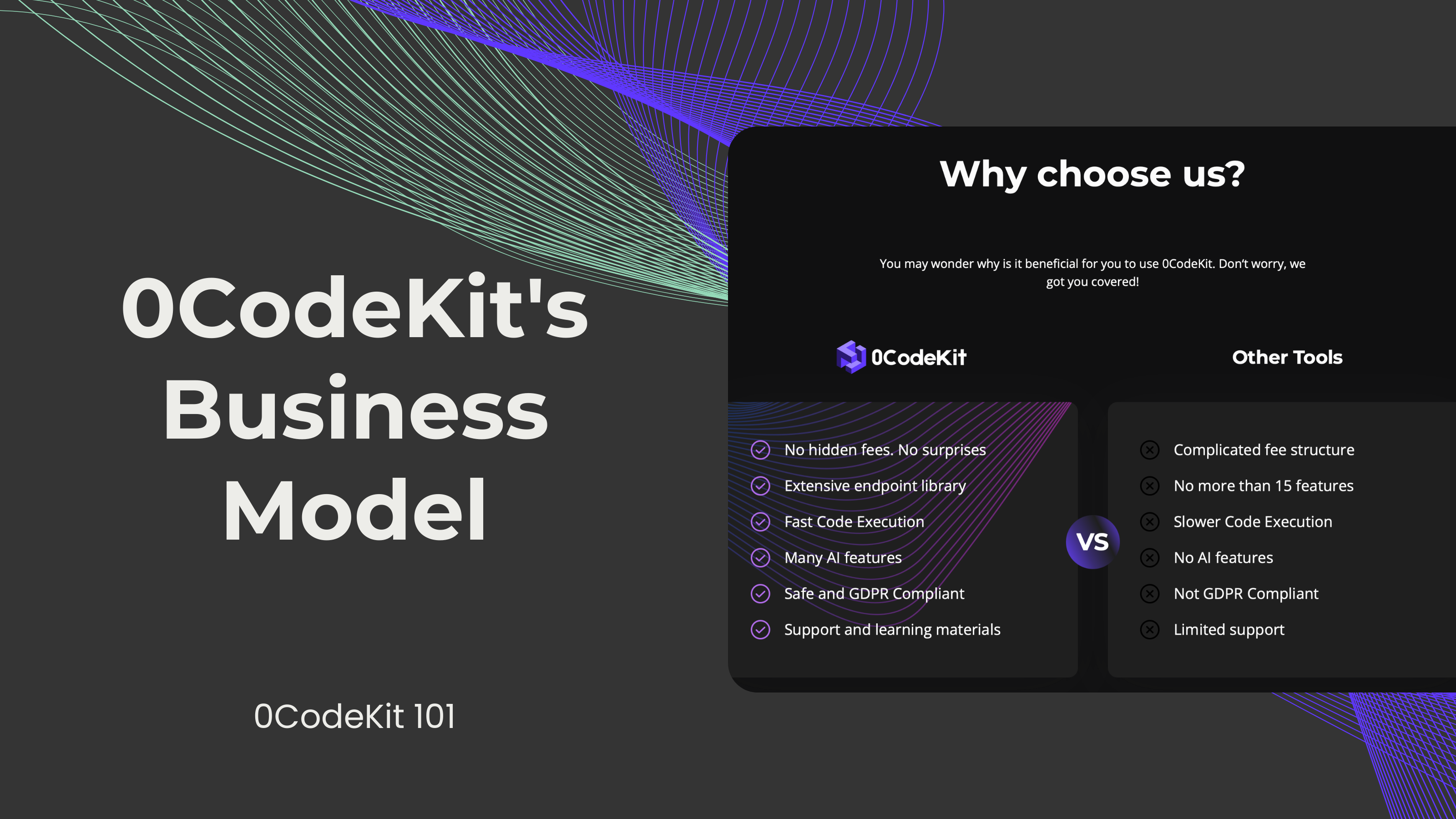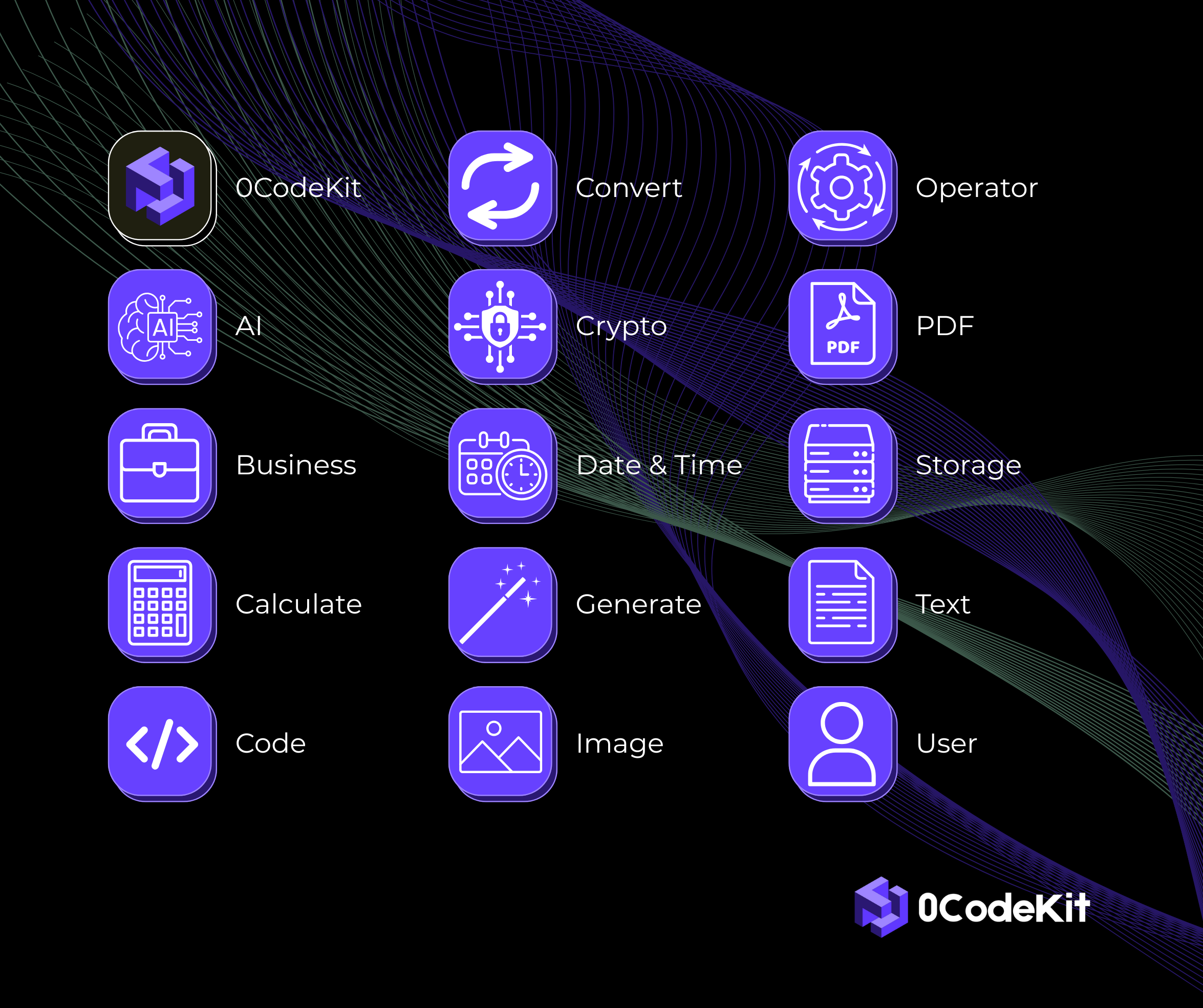0CodeKit's Business Model & Value Proposition


Earlier, anyone who wanted to design an application had to be a highly skilled programmer, and because of this, the task of developing applications remained confined to a few people. Luckily, with the contemporary world’s growth in technology, the idea of building an app is quite effortless compared to before and is within the reach of many people. That is why the focus of 0CodeKit is to make app development more approachable and easier.
Low-code development is a technique that can be used to build applications with minimal focus on conventional coding. Users do not have to type large amounts of code to integrate parts of an application; they can rely on graphical displays and the simple act of dragging and dropping. It can be compared to playing with ready-made blocks, where most of the challenges of writing coding languages are eliminated, and it becomes easy to facilitate project participation by anybody, including those with just average programming experience.

API, often referred to as Application Programming Interface, can be described as a conduit that facilitates communication between different software applications. APIs are the standards or formats that prescribe how one device delivers its data and services to another. They enable developers to reuse existing resources and services, which improves efficiency in software development.
Now, it is time to discuss how exactly 0CodeKit makes use of low-code development and APIs to simplify the processes of app creation.
Like many applications, 0CodeKit employs a monthly subscription model where clients must pay for tools and services provided by the platform. This subscription guarantees constant assistance, fresh content, and customer support service to ensure the users have a problem-free and efficient development process. Using a subscription-based approach as the primary business model, 0CodeKit focuses on developing long-term relationships with customers, thus gaining their confidence within the developers’ community.
But why should you use 0CodeKit for your app development? Here are some compelling reasons: